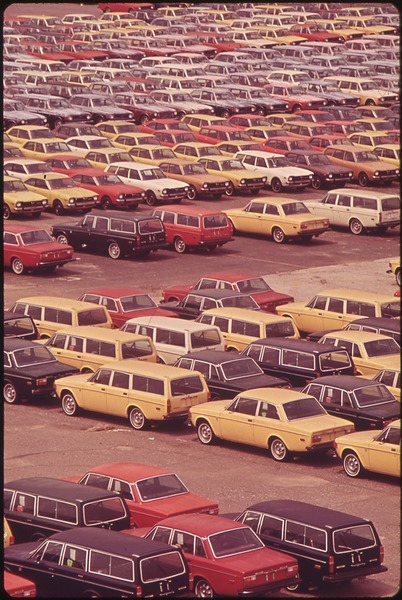From “Robocars and the Speed Limit,” Brad Templeton’s essay about why he thinks we should allow autonomous vehicles to speed:
“The limit is a number, but it is not especially magic. It’s not like one is safe at 65mph and reckless at 66mph, even though that’s how the law is written. Rather the risk from accidents increases gradually with speed. The risk of having an accident is harder to measure, but the severity of an accident is related to the square of the speed of impact.
There is a speed at which we may judge the accident risk is above acceptable limits. This speed is not a single number. It varies from driver to driver, and from car to car. It varies from hour to hour, from weather condition to weather condition and from road to road. As the Autobahn’s lower accident rate shows, some drivers are safer at very high speeds on well designed roads than other drivers are at 50mph on lesser roads.
And while the Germans are content to do it, the USA is not prepared to officially let drivers decide what the right speed for acceptable safety is. Rather it is done unofficially and irregularly.
How does a robocar enter this world? There are two common schools of thought:
- As with its ancestor, the cruise control, the operator of a robocar can set the car to operate at any speed within its general limits, regardless of the road speed limit. The moral and safety decisions rest with this person.
- The vehicle must be programmed to not break the speed limit, nor allow its operator to do so. It must be aware of all limits and obey them.
I believe the first choice is both better and more likely.”
Tags: Brad Templeton

